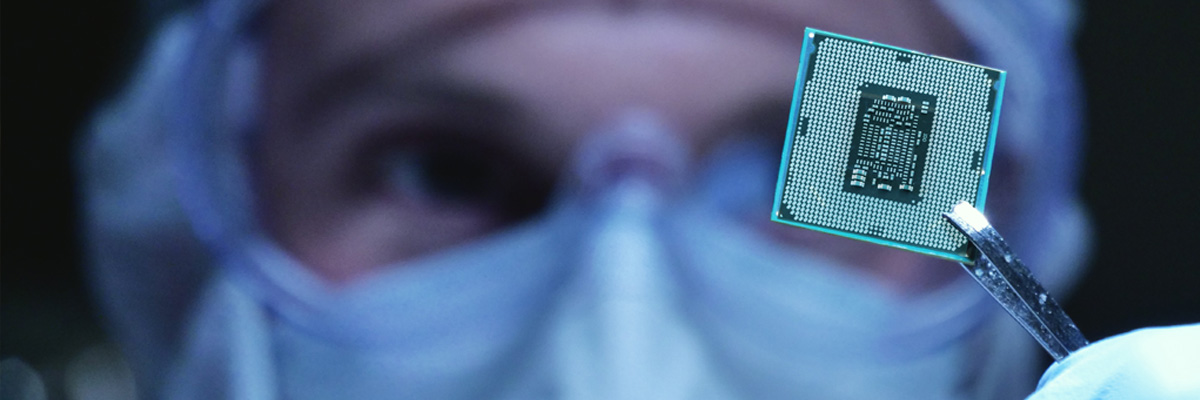About us
Our research aims to develop novel biomaterials and devices for a variety of technical and medical applications. To do this we employ an interdisciplinary approach with researchers from across the Faculty of Science and Technology (e.g., chemistry, engineering, physics) and Faculty of Health and Medicine (e.g., biomedical and life sciences, school of medicine), often in collaboration with non-academic partners (e.g., in industry, NHS) to ensure we deliver effective transdisciplinary solutions to complex real-world problems.






